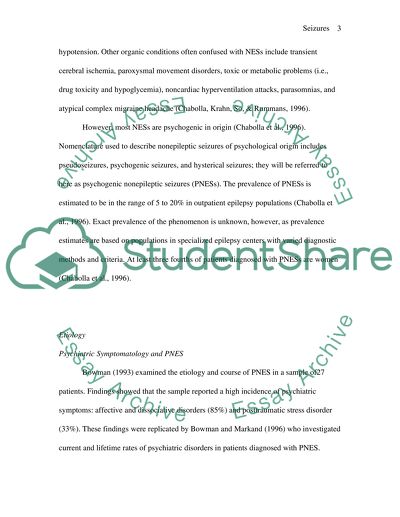Cite this document
(“Types of Seizures and Prevalence Research Paper”, n.d.)
Retrieved from https://studentshare.org/psychology/1431536-types-of-seizures-and-prevalence
Retrieved from https://studentshare.org/psychology/1431536-types-of-seizures-and-prevalence
(Types of Seizures and Prevalence Research Paper)
https://studentshare.org/psychology/1431536-types-of-seizures-and-prevalence.
https://studentshare.org/psychology/1431536-types-of-seizures-and-prevalence.
“Types of Seizures and Prevalence Research Paper”, n.d. https://studentshare.org/psychology/1431536-types-of-seizures-and-prevalence.


